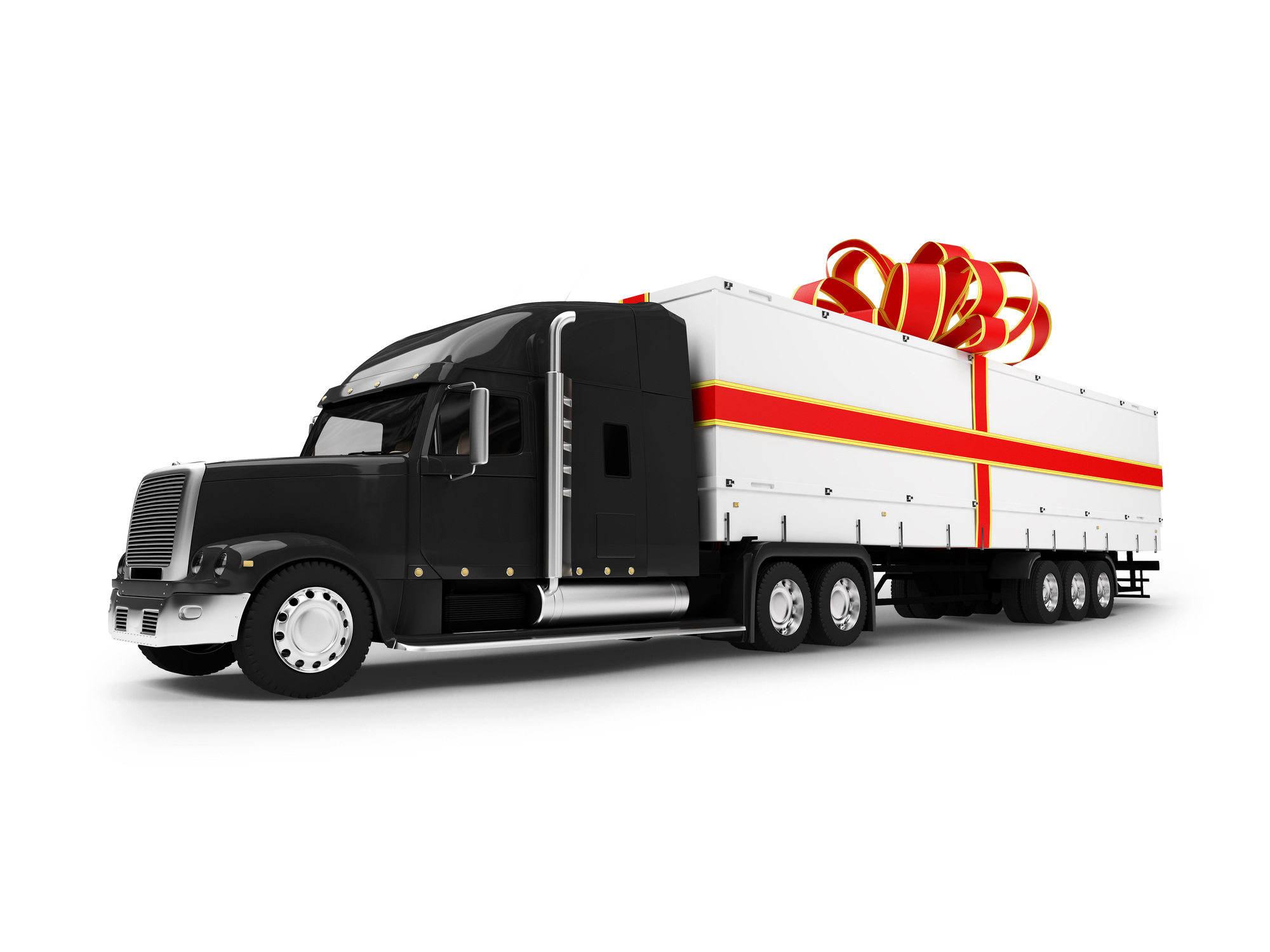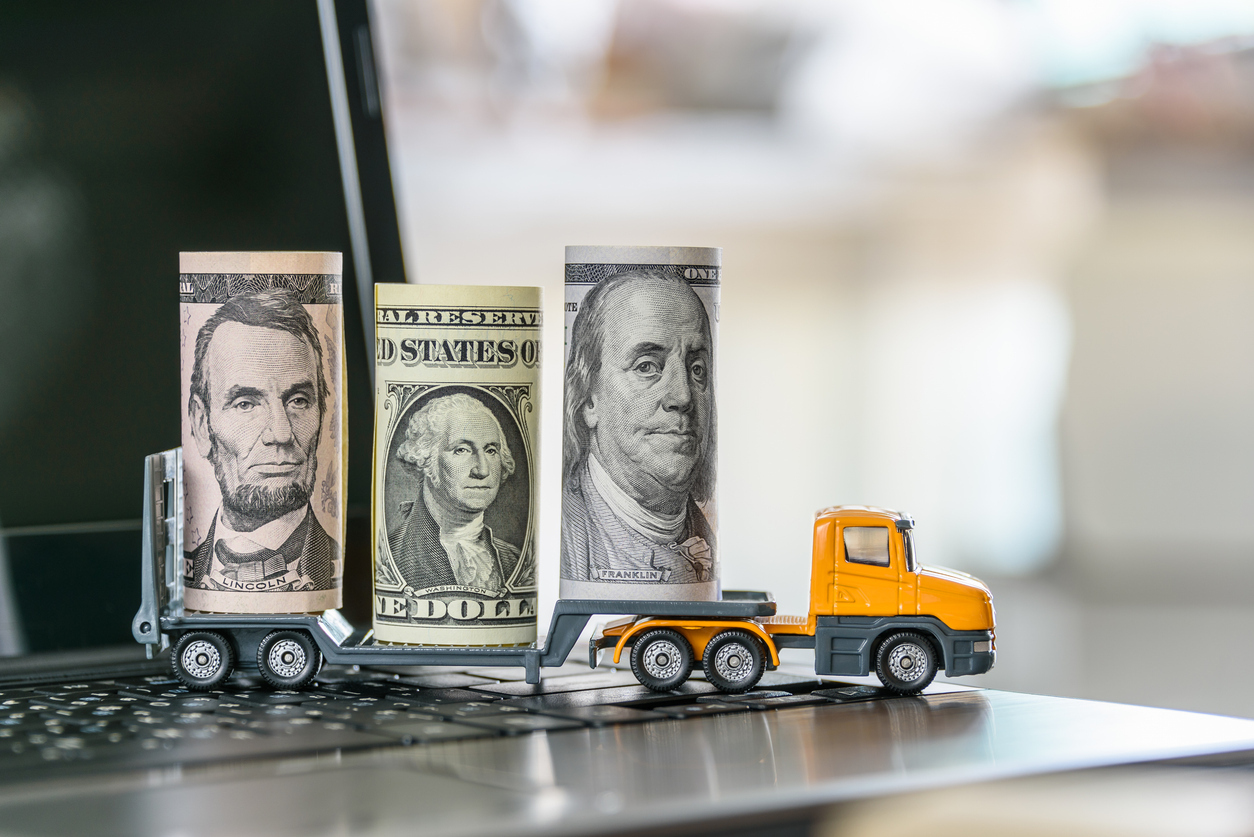Section 179 and Bonus Depreciation provides significant business tax savings on the purchase of eligible equipment in the first...
Section 179 and Bonus Depreciation provides significant business tax savings on the purchase of eligible equipment in the first year in which that property is put into service.
What is Section 179?
Section 179 is a provision in the U.S. tax code that enables businesses to take accelerated depreciation of certain types of property (assets), in the first year in which that property is put into service. This provides greater tax benefits in the first year than depreciating equipment over the course of several consecutive years. The larger first year deduction reduces the amount of taxable income a company makes, thus reducing the business income tax paid in that year.
But to take full advantage of this tax deduction and its companion provision, Bonus Depreciation, you need to understand what equipment qualifies and the limits of the provision.
What is Bonus Depreciation?
Bonus Depreciation, known as the 168(k) allowance, allows businesses to write off a large percentage of an eligible asset’s cost in the first year it was purchased. This deduction can be taken in addition to the Section 179 allowance but does have additional restrictions.
For tax year 2025 and beyond, the Bonus Depreciation write-off has been permanently increased to 100% (thanks to a provision in the "Big Beautiful Bill"). Bonus Depreciation had been set to be reduced to 40% in 2025.
You can use Section 179 and Bonus Depreciation in the same year, but the Section 179 deduction must be taken first.
How to Qualify for a Deduction
Not all assets qualify for Section 179 and whether something qualifies for the deduction depends on what it is and how you use it. First, you need to use it for business purposes. In other words, if you buy a truck but only use it for personal use, it wouldn’t qualify for a Section 179 deduction. You also need to put the property into use no later than December 31 of the tax year in which the deduction will be taken.
Here are some items that may qualify as eligible property:
- Machinery and production equipment
- Vehicles, such as cars and trucks you use for your business
- Building improvements, such as HVAC and security and systems
- Computers and office equipment
- Software
New and Used Equipment Purchases Qualify for Section 179
One of the most significant benefits of Section 179 is that you can use it to deduct the costs of both new and used equipment. Used equipment qualifies as long as it is “new to you” and meets the other eligibility requirements.
Additionally, the equipment that qualifies for the deduction is eligible for Section 179 and Bonus Depreciation regardless of whether you purchase it outright (pay cash), or whether you finance the equipment purchase.
Section 179 Limitations
There are limitations to the amount that can be deducted using Section 179. For tax year 2025, the maximum amount deductible is $2.5 million. The IRS typically adjusts the limits each year, so the limitation amounts will most likely change for tax year 2026.
Section 179 is specifically designed for small to mid-sized businesses, as the deduction no longer applies once total depreciable equipment purchases exceed $6.25 million. If the total company’s equipment purchases exceed $4 million the Section 179 deduction decreases dollar for dollar until the total equipment purchases reach $6.25 million. While many small and medium-sized businesses may not reach the million-dollar-plus level of investment, it’s a good idea to understand the limitations.
A vital consideration is that the Section 179 deduction cannot result in a business loss. You can deduct an eligible amount to effectively make your business income zero dollars, but no more than that.
Asset Acquisition Timing
By timing the acquisition of each asset, it’s possible to maximize your tax benefits. In order to qualify in a given tax year, the asset must be put into service by end-of-day December 31 of that tax year.
To see how much you could potentially save on your taxes, use this handy Section 179 Calculator provided by our affiliate company, Commercial Credit Group.
To determine the best options for your business, consult with your tax accountant or tax preparer to evaluate your situation. Keystone Equipment Finance Corp. can help you quickly finance your equipment purchase so you can put it into service by the end of the year and you can fully leverage Section 179’s benefits, whether you purchase new or used units. Reach out today and let us help you acquire the equipment you need to move your business forward.




